“From Cordoba to Patagonia”: Biodiversity and environment in the center and south of Argentina
Target audience | Undergraduate students interested in environmental care and preservation issues.
Contents
Unit 1
Ecoregions of South America (then and now). From the Cordillera to the Amazon.
Biodiversity, what is it? Levels of ecological organization. Diversity in different ecosystems of Argentina.
Exercises of interpretation of Nature. Work on the recognition of different large-scale elements through the use of maps.
Revision of readings, news and divulgation material related to ecoregions (for example: deforestation, fires, advances of the agricultural frontier, etc.) 3
Unit 2
Natural Protected Areas. Categorization of natural areas. Regulation. Management. National System of Protected Areas.
Environmental problems in Argentina and Cordoba. Concept of environment as the relationship HUMANITY – NATURE. Exploitation of Natural Resources throughout history. Environmental public policies.
Exploratory reading of the information available in official sites on Protected Areas of Argentina with special emphasis on the Center and South of the country.
Contents to be developed in National Parks
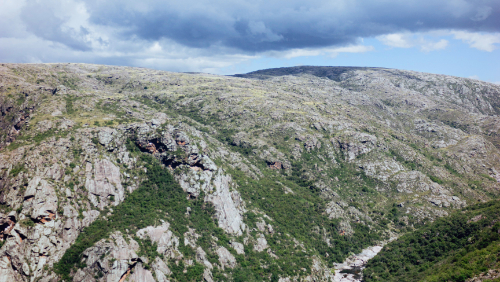
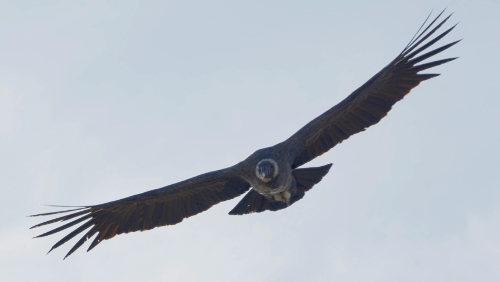
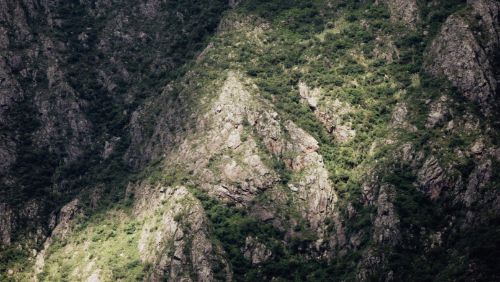
Visit to Quebrada del Condorito National Park (PNQC)
Duration: 1 day (*)
Departure from Cordoba to the PNQC. Visit to the trails near the Visitor’s Center. Trail to the Quebrada del Río Condorito. Condor watching. Descent to the river. Observation of “Bosque de Tabaquillos”. Return to the Visitor Center and return to Cordoba.
Didactic contents: Biogeography and Biodiversity of the Sierras Grandes de Córdoba. Watersheds and the importance of their conservation. History of the PNQC and management of the Natural Protected Area.
Visit to Los Gigantes – Valle de Los Lisos Reserve.
Duration: 2 days (*)
Departure from Cordoba to “Parador Casas Nuevas”. Visit to the Reforestation site “Quebrada de los Refugios”. Observation of the restored “Bosque de Tabaquillos” and its biodiversity. Return to the Parador to spend the night. Next day, ecological restoration practice: control of exotic species, planting. Visit to “Estancia la Candelaria”.
Contents: historical and current occupation of the “Sierras Grandes de Cordoba”. The problem of cattle raising and soil erosion. Biological invasions: invasive woody plants and introduced fish species (trouts). Reforestation projects in the “Sierras Grandes de Cordoba”.
Unit 3
Museo Paleontológico Egidio Feruglio: fossil collection, laboratory observation. Impact of paleontology as a discipline to understand the biodiversity of Patagonia.
Centro de interpretación AQUAVIDA: Field work, coastal biodiversity, impact of fishing activity in the area, main conservation challenges. Exploration of the intertidal. Puerto de Rawson: “Tonina Overa” excursion.
Unit 4
Exploration of flora and fauna of the Natural Protected Area and World Heritage Site Península de Valdés. Terrestrial, coastal and marine ecosystems. Landscape, natural and cultural heritage. Knowledge and value of protected areas.
Contents to be developed in Visits
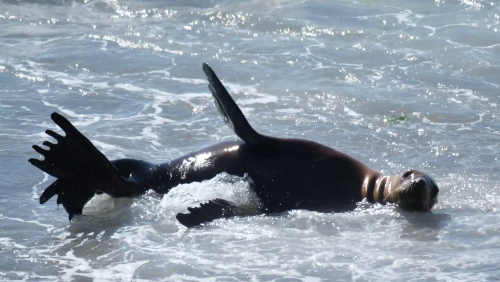
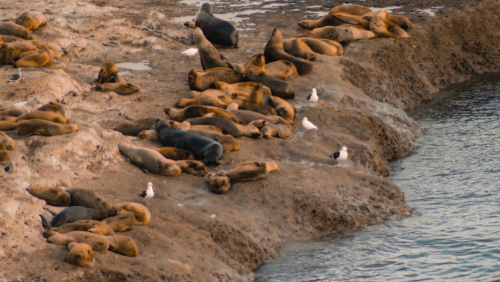
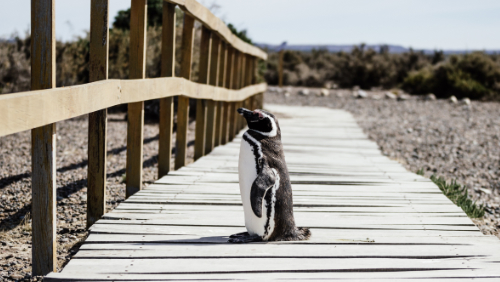
Visit to Playa Unión – Puerto Rawson (*)
Impact of fishing activity in the area: sampling of coastal fish, different fishing gear: trawls, trawl nets. Port: context and importance of population control, biodiversity conservation. Participation in experimental designs for environmental preservation and remediation (for fishing and sample collection).
Intertidal visit and Playa Magaña system (*)
Exploration of flora and fauna of the area, invertebrate sampling. Excursion to see Commerson’s dolphins. Visit to the fishing plant at Puerto Rawson, which constitutes the main economic activity in the area with a central impact on the coastal area.
Visit to “Reserva natural Punta Tombo” and “Laguna Chiquichano” (*) 5
Exploration of the largest continental colony of Magellanic penguins. Approach to the diversity of fauna and flora of the sea and the steppe. The lagoon as an ecosystem and the functioning of the rainforest, diversity of birds, more than 80 species (depending on the time of year). In-depth study of “Cauquenes”: distribution, forms of study, etc.
Visit to the Natural Protected Area and World Heritage Site Península Valdés. (*)
Tour to the peninsula in its total extension, more than 800.000 hectares of Patagonian steppe – Plains and Plateau Mountains. Visit to the sea lions and elephant seals reserve and interpretation center. Lodging in Puerto Pirámides, scenic, natural and cultural heritage. Reconnaissance and recreation activities.
*NOTE: For reasons of force majeure (such as climatic emergencies) the itineraries and proposed dates could be modified.
Assessment
The assessment will be a process and continuous evaluation. Out of a total of 100 points, the student must obtain 60 to pass the course. The sum of the grades is composed of 3 instances:
- Attendance to theoretical-practical classes and protected areas: 80% = 20 points.
- First evaluation = 40 points.
- Second evaluation = 40 points.
Topics to be included in the first evaluation: ecosystems of the province of Cordoba. Deadline: February 10.
Topics to be included in the second evaluation: ecosystems of Patagonia. Deadline: February 25.
Formats of the delivery of the evaluations: to carry out the evaluations, the student will be able to choose the format that best expresses the acquired knowledge:
Written essay. Length: minimum two thousand words; maximum 3 thousand words. Language: English. In this case, the student will answer 4 guiding questions that will be given by the professor at the beginning of the course.
Audiovisual production: minimum 4 minutes and maximum 10 minutes. Language: English. In this case, the student will narrate with text and images a summary of the different biomes he/she has studied. This audiovisual material will be uploaded to a Youtube Channel generated ad hoc (it can be in podcast format, short videos, etc.).
A travel diary where the student will record his/her experiences of the day in relation to the environment.
Staff in charge
Two professors to teach the contents in the classroom, visits to the city of Cordoba and transportation to protected areas in the province of Cordoba.
Teaching staff and specialists for the trip to Patagonia.
Park rangers for the protected areas.
Administrative personnel.